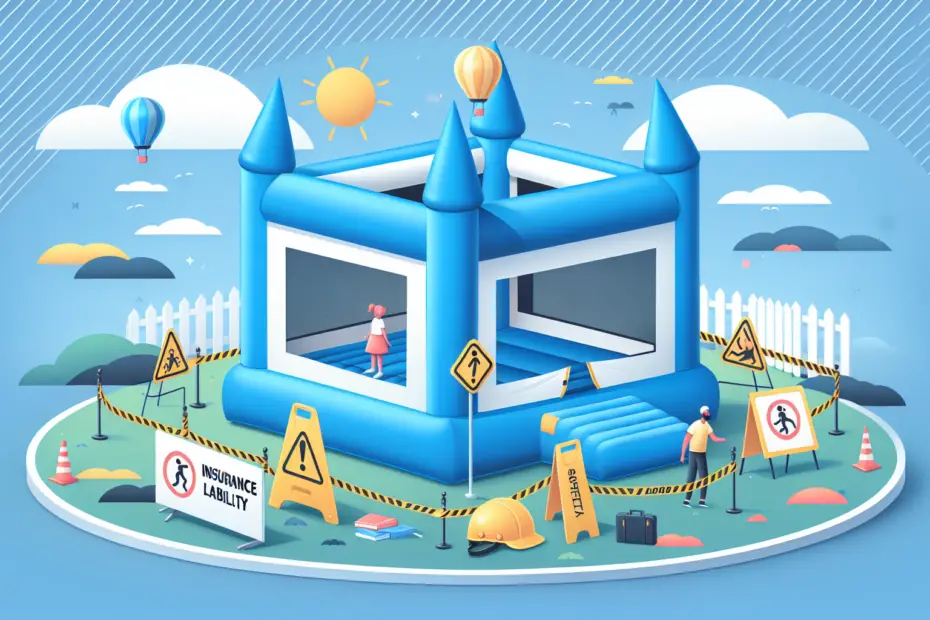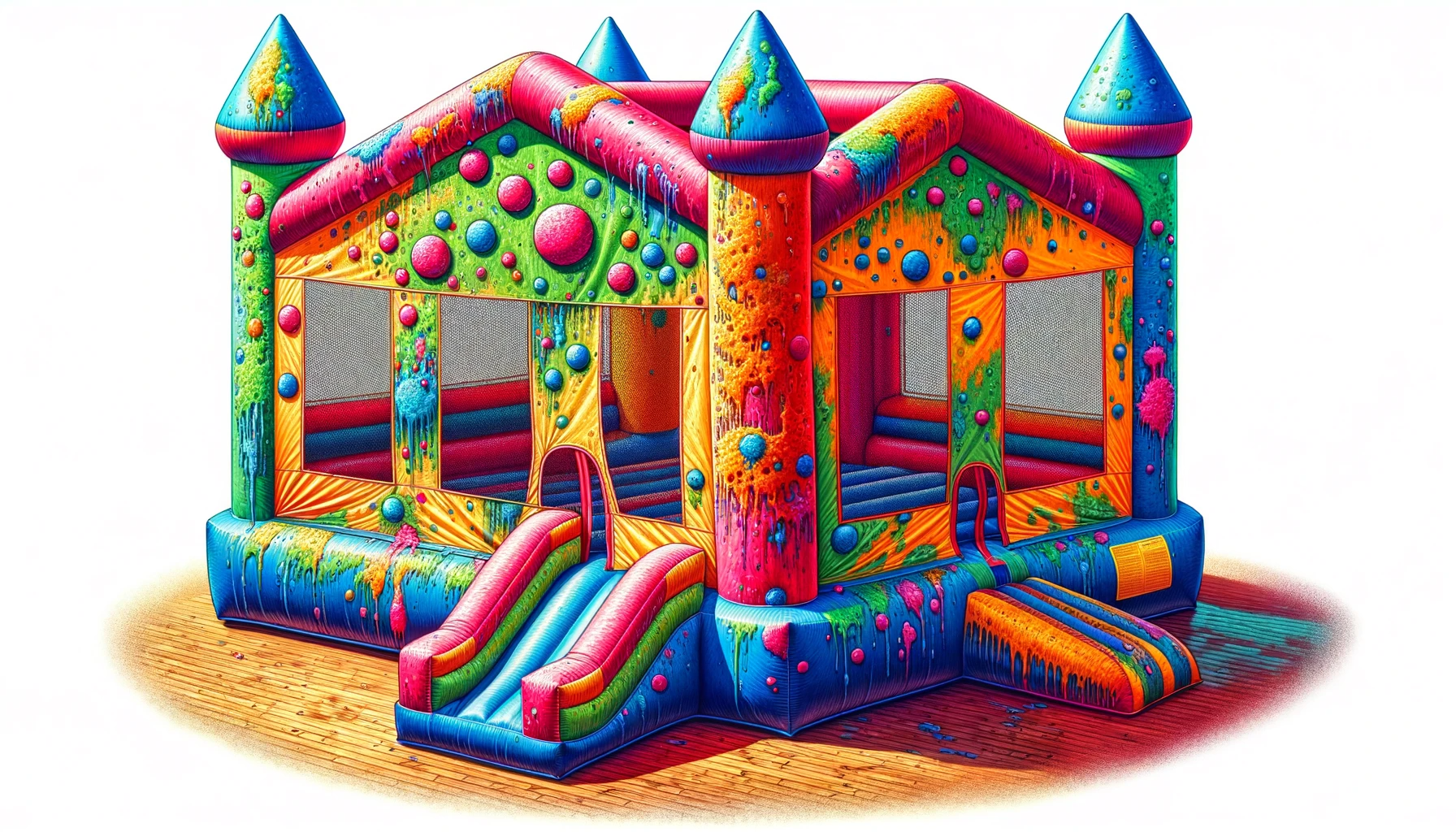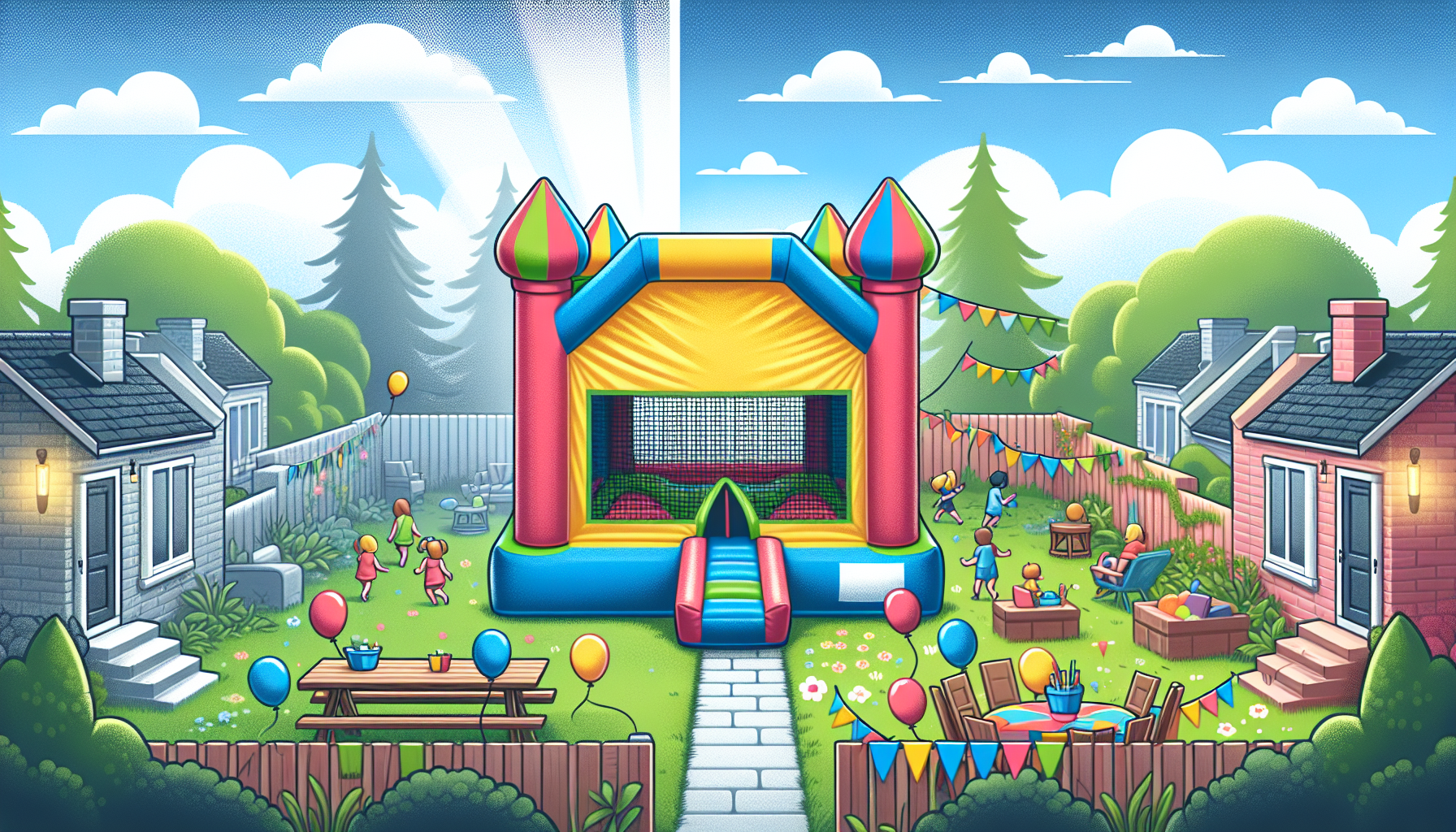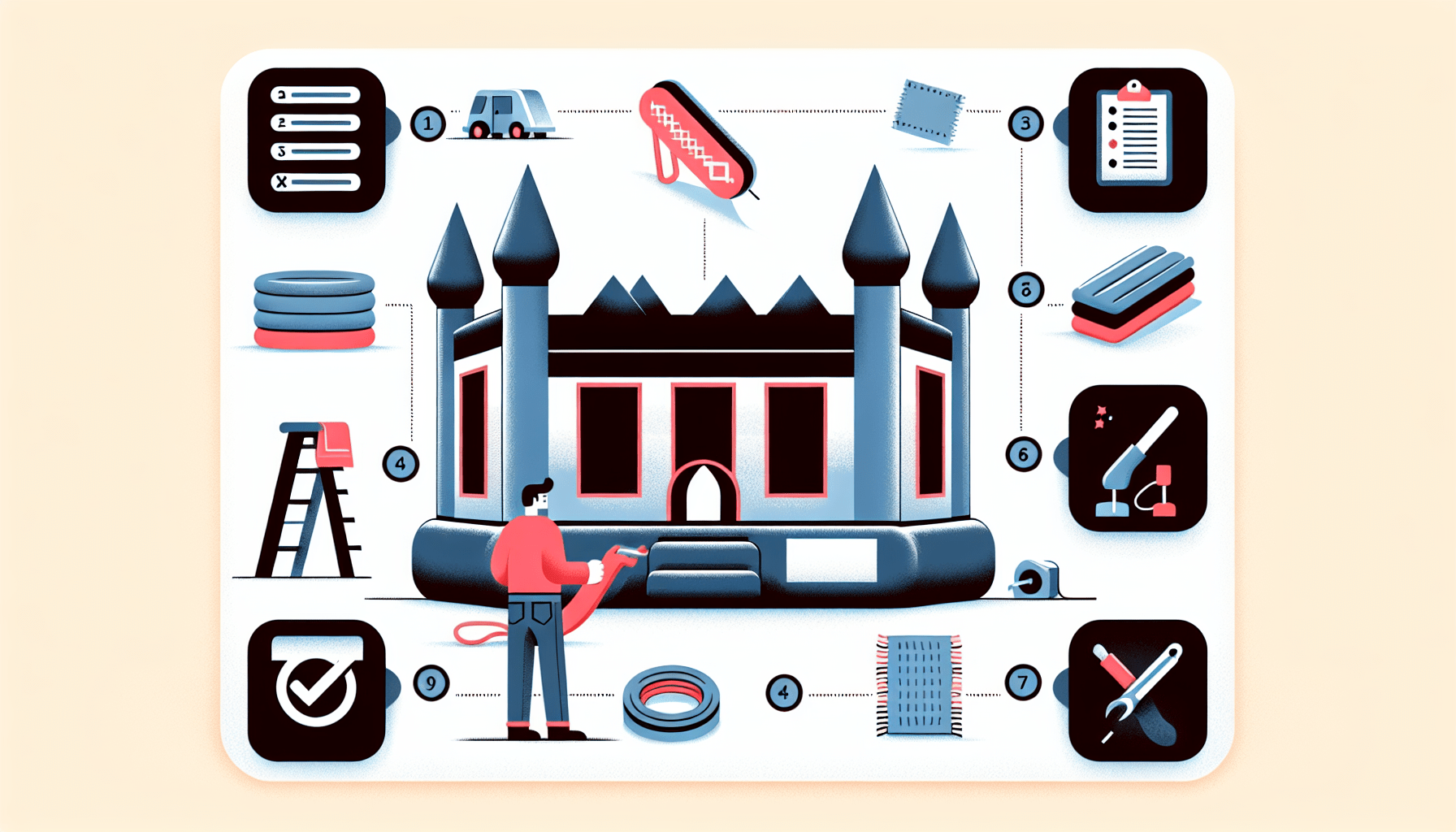One of the biggest challenges in organizing a party for children is ensuring it’s not only fun but also safe. This often involves a lot of planning and sourcing for party equipment that provides both. Bounce houses are one such solution that effortlessly combines fun and safety for children events but it also introduces the aspect of insurance and liability. Understanding these aspects is essential to protect yourself against potential lawsuits or medical bills that may arise from accidents. Here’s what you need to know:
Why Insurance for Bounce Houses?
Investing in insurance for your bounce house rental business or individual rental protects you from lawsuits that may develop in case of accidents. Unfortunately, despite all safety precautions, accidents can happen and children might get injured while in the bounce houses. With the right insurance coverage, you can be saved from immense financial strain from medical bills or legal expenses.
Types of Insurance Policies
When shopping for insurance, it is important to understand that insurance policies for inflatable rental businesses often break down into two major types: (1) Liability Insurance and (2) Property Insurance.
Liability Insurance typically covers medical costs for injured party users and legal expenses, should a lawsuit ensue. Your potential clients, especially public entities like schools and community centers, may require this as a prerequisite to doing any business with you.
Property Insurance is designed to protect the business’s equipment, ensuring you can replace a damaged or stolen bounce house with minimum loss to your business.
Understanding the Scope of Coverage
Depending on the policy you choose, the scope of what’s covered will vary. Some common aspects to look out for include injury or harm to users, damage to the equipment, and third-party property damage. It’s important to discuss these details with your insurance provider and understand exclusions, if any, to ensure you are adequately protected.
Ensuring Compliance and Safety
Though insurance cover offers financial protection, it’s not the green light to neglect safety. Make sure all bounce houses are regularly inspected and well-maintained. You should also implement strict safety rules to avoid preventable accidents. This includes rules like proper supervision, limiting the number of users at a time, and preventing rough play.
Vendor or Homeowner: Who’s Responsible?
In cases where you’re renting from a vendor, it’s important to understand who’s liable in case of accidents. Obviously, the renting party should be responsible for supervision and safety during the usage period, but what about equipment failures? Always review your rental agreement to ascertain where liability lies.
Remember that even if the contract states that the vendor is completely liable, it might not absolve you legally if an accident occurred on your property. This is where homeowner’s insurance kicks in. It might cover personal liability and medical payments for accidents occurring within your premises.
Understanding insurance and liability for bounce houses is neither overly complicated nor should it be overlooked. It’s an essential part of responsible party planning and crucial for those running an inflatable rental business. High-quality fun should never compromise safety, and while accidents do happen, proper insurance coverage ensures you are prepared to handle the financial consequences.



